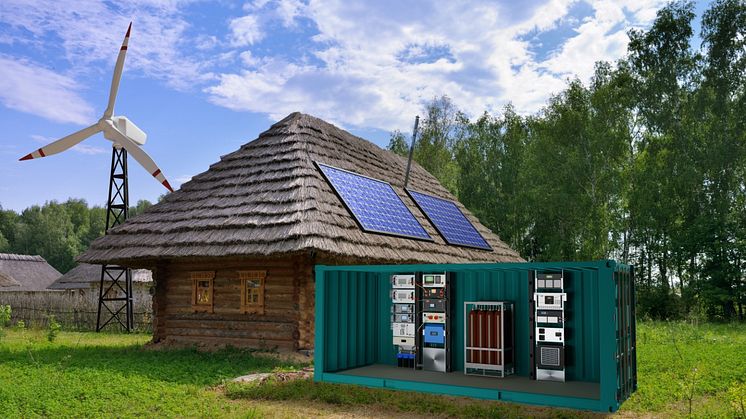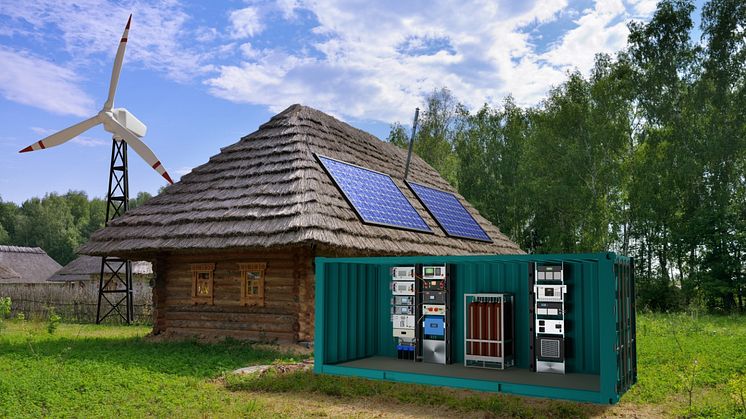
News -
Fraunhofer IWU is Developing Hydrogen Microgrids for a Sustainable Energy Future
Hydrogen microgrids store electricity generated from solar and wind power in the form of hydrogen (by electrolysis) for use when needed over extended periods. This “storable” energy is a step forward because surplus electricity is often given away to neighboring countries to protect power grids from overload. Microgrids bridge dark, windless periods when neither wind nor sun contribute to energy generation. They use fuel cells to convert stored hydrogen back into electricity. Hydrogen storage offers the advantage of storing large amounts of energy over longer periods of time without losing charge – unlike batteries.
In Germany, hydrogen microgrids are of particular interest for hospitals and sports centers. The Fraunhofer IWU's Referenzfabrik.H2 is developing such concepts and is showcasing its HyGrid platform at the Hannover Messe. This is based on the HyVentus electrolyzer and is supported by a consortium of companies including Aumann and Siemens. HyGrid is designed to provide a cost-effective and scalable solution that reduces manufacturing costs through innovation and standardization and can be used in a variety of scenarios.
One example of its use is HyGrid's deployment in Ukraine, where it will store renewable energy for the coming winter. HyGrid can cover between a few kilowatts to several hundred kilowatts as a plug-and-play solution and is ideal for use in remote areas or war-torn regions, such as hospitals, schools or businesses. The microgrid in Cape Town, South Africa (HyTrA), is already providing practical experience by using surplus solar energy to generate and store hydrogen. HyTrA promotes the export of hydrogen and the development of regional supply chains.
Another project is HygO in Namibia, where the oxygen produced during electrolysis is used for water treatment. This project is being implemented in the Erongo district and demonstrates the versatility of hydrogen microgrids not only in energy supply but also in water treatment.
The various microgrid projects offer solutions for a stable, carbon-neutral energy supply and show the potential for global use of hydrogen as a long-term energy storage solution.

